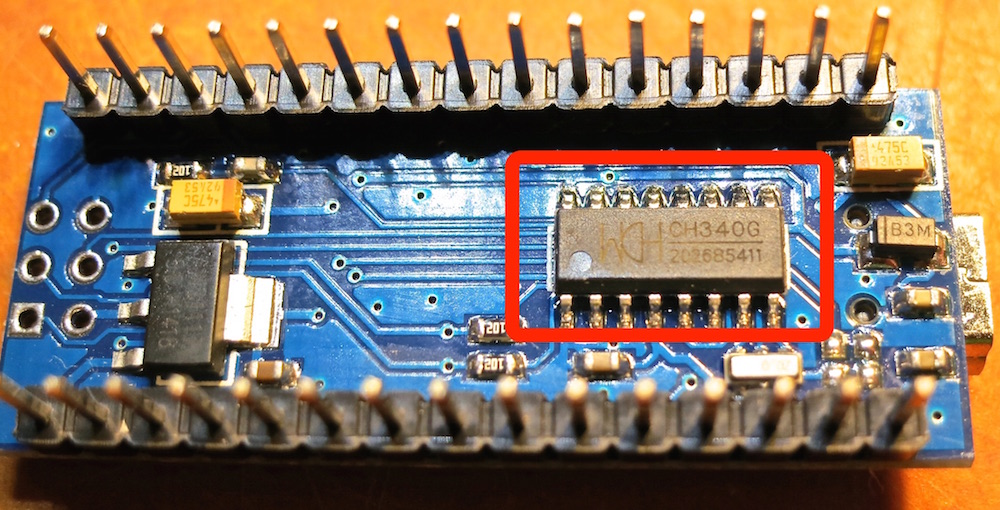
- CH340 USB TO SERIAL SCHEMATIC DRIVER
- CH340 USB TO SERIAL SCHEMATIC UPGRADE
- CH340 USB TO SERIAL SCHEMATIC SERIES

CH340 USB TO SERIAL SCHEMATIC UPGRADE

Dave on Automatic Flag Waver Lets You Show Your Loyalty Without Getting Tired.Publish Or Perish: Data Storage And Civilization 108 Comments Posted in Parts Tagged CH340, CH341, serial, serial adapter, uart, usb, USB to serial That can be found with a little bit of Google fu.
CH340 USB TO SERIAL SCHEMATIC DRIVER
The driver is a bit more difficult to find, but what you’re looking for is the CH341 family of chips. With ’s help, we now have a cheap source of USB to serial chips. This chip even has an IrDA mode, because wireless communication in the 90s was exactly as rad as you remember. The chip supports 5V and 3.3V, and all the weird modem lines are supported.
CH340 USB TO SERIAL SCHEMATIC SERIES
The CH340 series of chips do exactly what you would expect them to do: a full-speed USB device that emulates a standard serial interface, with speeds from 50bps to 2Mpbs.

He got his mitts on a few of these chips and managed to figure out the pinout and a few reference schematics. There is, however, almost no English documentation, and the datasheet for the CH340 family doesn’t include this chip. The cheapest USB to serial chip on the market appears to be the CH340G, available for 20-40 cents apiece from the usual retailers. Posted in clock hacks Tagged 328p Atmega, CH340, clock, DS3231, pcb, time, ws2812įTDI-gate wasn’t great for anybody, and now with hardware hobbyists and technological tinkerers moving away from the most popular USB to serial adapter, some other chip has to fill the void.

Check out the clock made out of ammeters we covered last week. It seems like everyone is making their own unique timekeeping device these days. If MakeTime outlives its time as a clock, all of the unused GPIO of the 328P are broken out to a single pin header, allowing it to be repurposed in other projects for years to come. To make the entire thing Arduino compatible, the microcontroller is an AtMega 328P, that can be connected to through the micro-USB port and CH340 USB-UART IC. designed the clock with hacking in mind, opting to build it with components that many are already familiar with, such as a DS3231 RTC and WS2812 LEDs. The second purpose is as a development platform. By using 24 LEDs, MakeTime achieves a timing granularity of 2.5 minutes. Rather than displaying the time with digits, MakeTime harkens back to round dial clocks by illuminating RGB LEDs along its perimeter to show the position of the minute and hour “hands”. MakeTime serves two purposes, the first and most obvious one is as a clock. is bringing the round face to digital clocks with his time-keeping piece, MakeTime. Most clocks these days have ditched the round face and instead prefer to tell time through the medium of 7-segment displays.


 0 kommentar(er)
0 kommentar(er)
